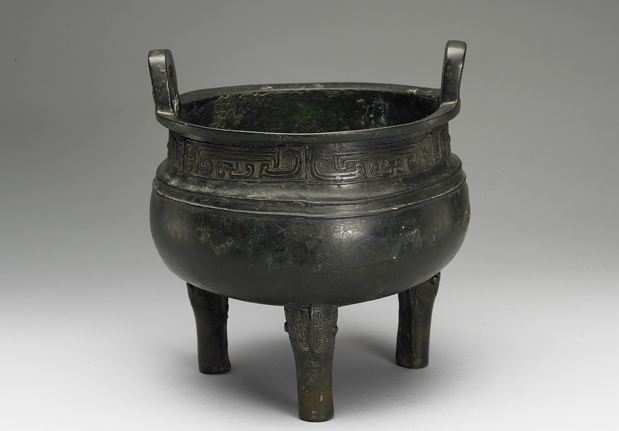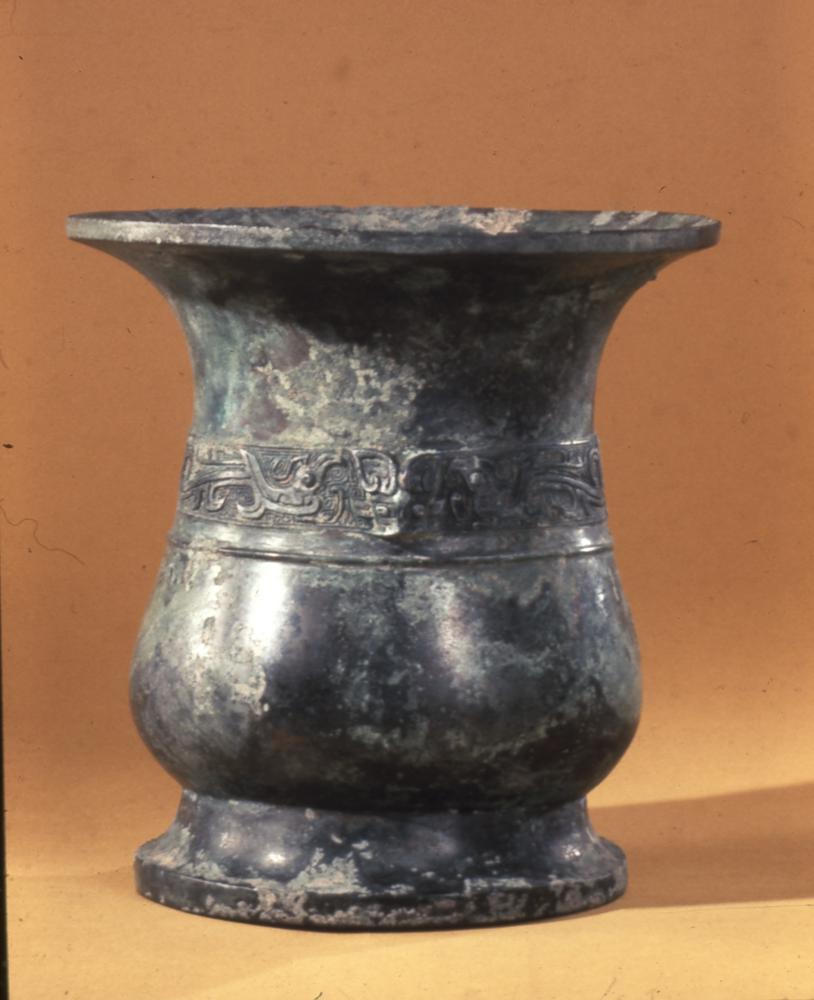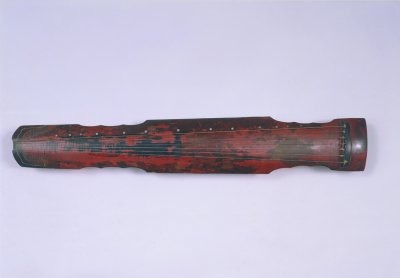Period:Shang dynasty Production date:1200BC-1050BC (circa)
Materials:bronze, turquoise,
Technique:inlaid
Subjects:mammal
Dimensions:Length: 24.80 centimetres
Description:
Curved bronze knife inlaid with turquoise. It has an ibex-head terminal with the eyes and nostrils inlaid with turquoise.
IMG
![图片[1]-knife BM-1955-0519.1-China Archive](https://chinaarchive.net/Shang dynasty/Bronzes/mid_00349991_001.jpg)
![图片[2]-knife BM-1955-0519.1-China Archive](https://chinaarchive.net/Shang dynasty/Bronzes/mid_00760518_001.jpg)
Comments:Rawson 1987:Small curved knives with integral blades and handles were current among peoples living along the northern marches of Shang power. Knives decorated with ibex heads, as here, were only one of several major types used in the area. Curved knives were known in China from a very early date; a knife with a handle decorated by a row of oval depressions has been recovered from tomb M2 at Henan Yanshi Erlitou. In subsequent centuries such knives were more popular with peoples of the northern zone than with the Shang and Zhou inhabitants of Shaanxi and Henan. It is, therefore, possible that even in the Erlitou period such knives illustrate contact with northern peoples. Alternatively, the spread of Erligang culture may have taken such knives from central Henan to the periphery.Knives with ibex-head terminals are later. One has come from Fu Hao’s tomb. Such Anyang knives resemble the knife on the left: they share its delicate casting and realistic detail. Yje heavier casting of the second knife is reminiscent of that of knives from sites west and north of Henan.
Materials:bronze, turquoise,
Technique:inlaid
Subjects:mammal
Dimensions:Length: 24.80 centimetres
Description:
Curved bronze knife inlaid with turquoise. It has an ibex-head terminal with the eyes and nostrils inlaid with turquoise.
IMG
![图片[1]-knife BM-1955-0519.1-China Archive](https://chinaarchive.net/Shang dynasty/Bronzes/mid_00349991_001.jpg)
![图片[2]-knife BM-1955-0519.1-China Archive](https://chinaarchive.net/Shang dynasty/Bronzes/mid_00760518_001.jpg)
Comments:Rawson 1987:Small curved knives with integral blades and handles were current among peoples living along the northern marches of Shang power. Knives decorated with ibex heads, as here, were only one of several major types used in the area. Curved knives were known in China from a very early date; a knife with a handle decorated by a row of oval depressions has been recovered from tomb M2 at Henan Yanshi Erlitou. In subsequent centuries such knives were more popular with peoples of the northern zone than with the Shang and Zhou inhabitants of Shaanxi and Henan. It is, therefore, possible that even in the Erlitou period such knives illustrate contact with northern peoples. Alternatively, the spread of Erligang culture may have taken such knives from central Henan to the periphery.Knives with ibex-head terminals are later. One has come from Fu Hao’s tomb. Such Anyang knives resemble the knife on the left: they share its delicate casting and realistic detail. Yje heavier casting of the second knife is reminiscent of that of knives from sites west and north of Henan.
© Copyright
The copyright of the article belongs to the author, please keep the original link for reprinting.
THE END





